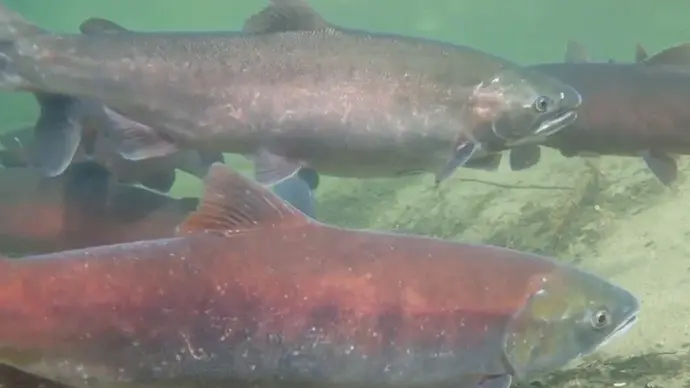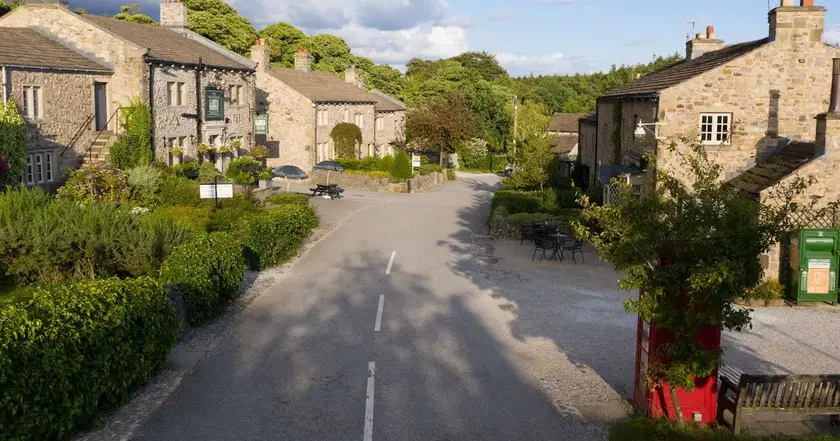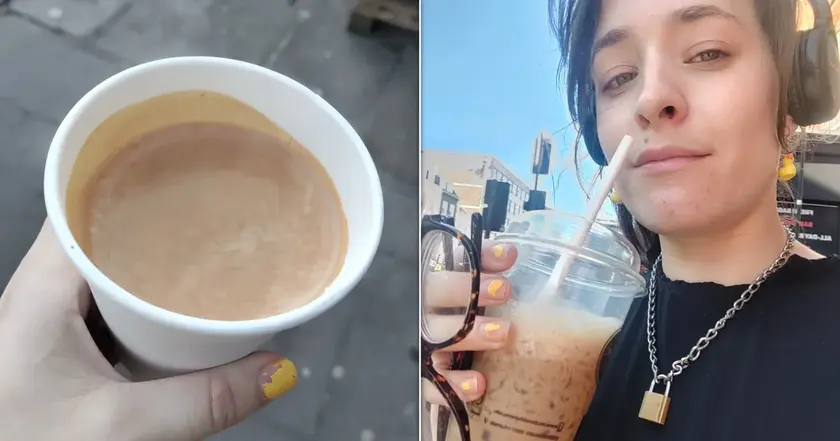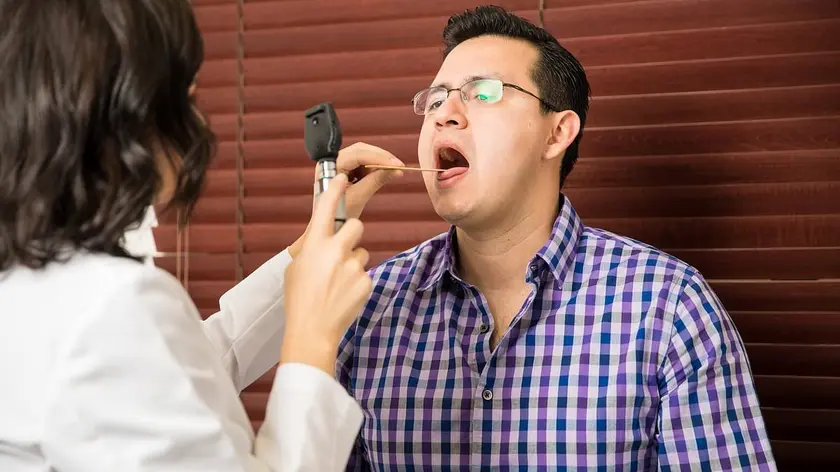T4K3.news
Coho die-offs linked to tire chemical 6PPD-quinone
New research maps how a tire chemical harms coho salmon in Puget Sound, opening the door to safer substitutes and policy action.

Washington State University researchers map how tire wear chemical 6PPD-quinone harms coho salmon, linking rain runoff to deadly effects.
Coho die-offs traced to tire chemical 6PPD-quinone
Researchers at Washington State University’s Puyallup Research & Extension Center have tied recurring die-offs of coho salmon in Puget Sound tributaries to rain-driven runoff from roads. Earlier work linked these deaths to tire fragments and the tire preservative 6PPD. The new study outlines how 6PPD-quinone forms when 6PPD reacts with ozone, then breaches the brain and gill barriers in fish, leaving them unable to breathe.
In lab tests, scientists exposed coho to runoff collected from a highway near Tacoma and to concentrations of 6PPD-quinone typical of runoff events. The treated fish exhibited behaviors matching the wild die-offs, with examinations showing disruption of the brain-blood and gill-blood barriers. The researchers say the results create a clear pathway for testing safer tire substitutes and for screening potential replacements in a way that could reduce harm to endangered salmon and protect tribal fishing rights. The work underscores the broader stakes for regional fisheries and coastal communities.
Key Takeaways
"Prior to publication of this study nobody really knew what the event was that drove what they call 'coho urban runoff mortality syndrome'"
Blair explains the lack of understanding before this research
"This is the first paper that gives a clear answer as to what’s happening"
Blair on the study's contribution
"We need those tools to be available so we can start screening for alternatives to 6PPD"
Blair on next steps and practical implications
The study moves the conversation from a broad pollution problem to a precise chemical mechanism, making it easier to target practical solutions. By identifying 6PPD-quinone as the killer in runoff, it sets the terms for regulatory and industry responses that may follow.
Still, turning lab findings into policy is a separate challenge. Endangered coho populations, tribal treaty rights, and regional economies hang in the balance, and the debate over stormwater controls and safer tire ingredients will require cross‑sector cooperation. The science invites action, but it will demand leadership, funding, and public buy‑in to translate discovery into protection.
Highlights
- We finally have a clear answer on what drives the coho urban runoff mortality syndrome
- The finding opens a path to safer tires and cleaner streams
- Science now guides the hunt for substitutes not just explanations
- Translating lab work into real changes is the next big test
Environmental and political risk from tire chemical 6PPD-quinone
The findings touch endangered species, regulatory questions, and the rights of Northwest tribes. As authorities consider stormwater controls and potential tire substitutions, debates over budget, policy, and public reaction are likely.
The breakthrough invites policy makers to move science toward concrete safeguards for Puget Sound.
Enjoyed this? Let your friends know!
Related News

Health risks linked to black plastic coffee machines

Morning Coffee Linked to Mood Boost

Vaping safety concerns emerge after oil buildup in lungs

Recognize Signs of Magnesium Deficiency

Emmerdale death plot reportedly filmed

Awareness raised about silent liver disease

Health Risks From Coffee Consumption Examined

Common Mosquito Myths Could Endanger Health
